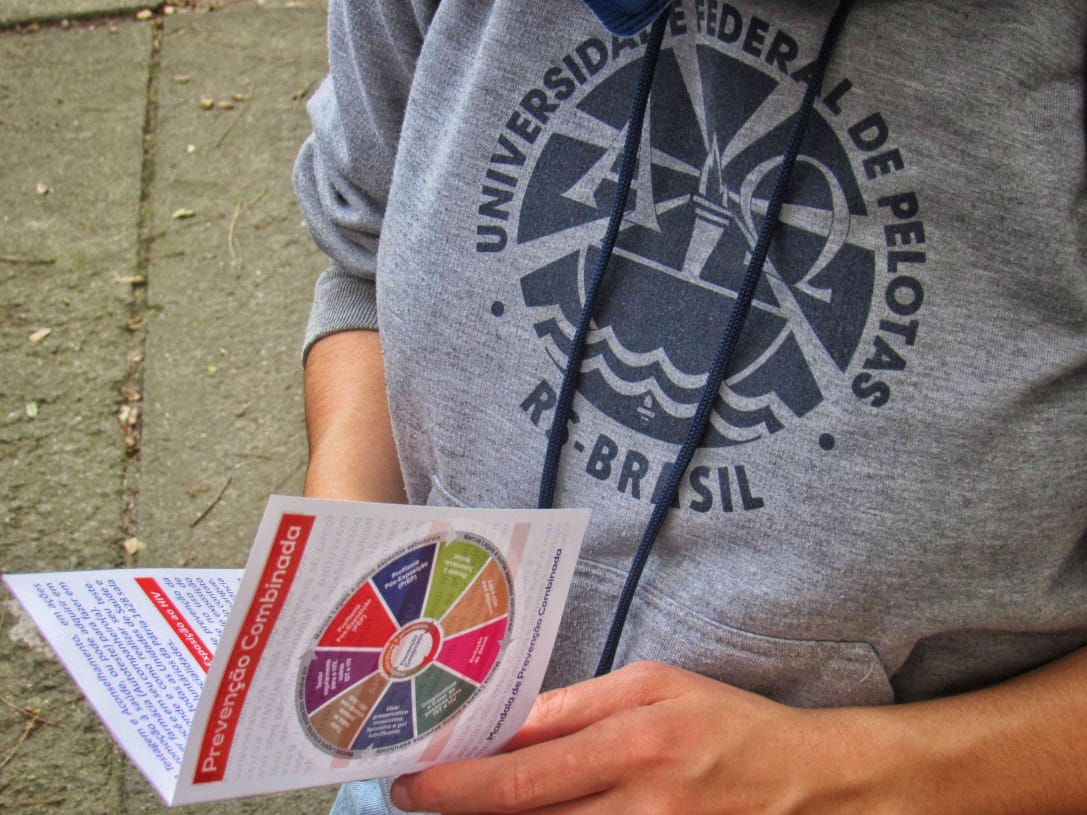Research Assesses Impact of Economic Inequality on Child Malnutrition
A study by the Federal University of Pelotas (UFPel) compared the trends of socioeconomic inequality in the occurrence of child malnutrition in Latin American and Caribbean countries, taking into account the income differences of the population classified in five and ten economic groups.
The research is the result of a thesis work developed in the Graduate Program in Epidemiology of UFPel by the nutritionist María de Pilar Flores Quispe, under the supervision of professor Fernando César Wehrmeister and researcher Maria Clara Restrepo Mendez, both from the International Center for Equity In Health at UFPel.
The group analyzed the occurrence of chronic child malnutrition in relation to family income in ten countries: Bolivia, Belize, Colombia, Dominican Republic, Guatemala, Haiti, Honduras, Nicaragua, Peru and Suriname, based on national household survey data of the Demography and Health Research (DHS) and the Multiple Indicator Grouping Research (MICS). Data collection was performed at intervals of three to five years from the mid-1980s to the mid-1990s.
The prevalence of chronic childhood malnutrition was defined as the percentage of children under five years old who presented two low standard deviations from the median Z-score height-for-age, according to the World Health Organization (WHO) standard curve for child growth. To assess the impact of socioeconomic inequality, the researchers ranked the sample in five and ten income groups, comparing differences in child malnutrition in the poorest 10% and 20% as opposed to the richest 10% and 20%.
Results show that eight out of ten countries had a reduction in the national estimate of chronic child malnutrition. Despite the improvement in rates, the authors warn that the prevalence of chronic malnutrition is greater than 10% in all countries, except for Dominican Republic, with 6.9%, and Suriname, with 8.8%. In Guatemala, for example, almost half of the children are undernourished.
When evaluated in deciles, prevalence fell by one percentage point among the poorest countries such as Colombia (-0.6), Dominican Republic (-1.0), Haiti (-0.9), Honduras (-1.0) and Peru (-0.7).
According to the analysis, the poorest 10% still have a higher prevalence of chronic childhood malnutrition than the poorest 20%, with a difference of 30% in Belize and 20% in the Dominican Republic, for example, between groups. In relation to the impact of economic inequalities on child malnutrition, Colombia, Belize, Suriname, and the Dominican Republic perform best in reducing absolute and relative inequalities between rich and poor, while Bolivia and Guatemala have increased these differences, with the worst scenario to the increasing of inequalities.
“Most of the previous studies use the income quintile classification to assess inequalities in child malnutrition. Our study uses the classification in deciles of income to identify more pronounced differences between the socioeconomic subgroups and to emphasize the urgent need to reach the most vulnerable subgroups”, explains the author of the study.
In the case of Belize, the difference in malnutrition prevalence was 47 percentage points among the poorest 10% and the richest 10%, and 31% among the poorest 20% and 20% richest in 2006. In 2011, these differences were 14 percentage points in the comparison between deciles and only seven percentage points in the comparison between quintiles.
“In this example, the evaluation in deciles shows twice the difference between extreme income groups compared to quintiles, which would go unnoticed in an analysis based only on income quintiles,” concludes the author.




